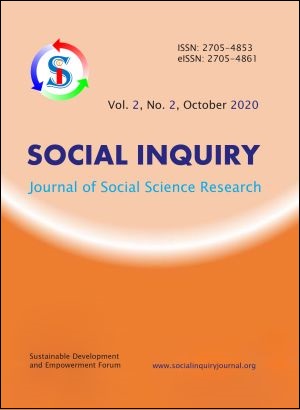Human Security-Informed Policing in Nepal: An Impetus to Building Sense of Security in the Community
DOI:
https://doi.org/10.3126/sijssr.v2i2.33064Keywords:
Policing, Sense of Security, Human Security, Security Behaviour, Public OrderAbstract
Nepal police, being a primary security agency in protecting the safety and security of the people, has dabbled with different approaches to policing butte law and order model has been dominant. But it is equally important to have an evidence base for how policing should be in line with the requirements of the citizens, as supported by overall national development goals. Research findings show that the sense of security is sponge-like: an integrated phenomenon where crime as well as contrasting security behaviour like the sense of alienation, discrimination, low trust and confidence, and non-cooperative attitude, all absorb and influence how levels of the sense of security are constructed. The research highlighted the five basic security pillars, namely: level of income, level of understanding, conditions to daily life, police performance, and the partnership of security practice. The human security aspects directly related to security were identified as employment as it relates to the level of income; an education which relates to the level of understanding, and the condition of daily life as it relates to the availability of essential goods and access to basic services. Each condition differently has effects in contributing to how security is felt and experienced. Here, human security is explored both conceptually and in practical terms to enhance security from a policing perspective and Human Security informed Policing model offer recommendations to build a sense of security in the community.




